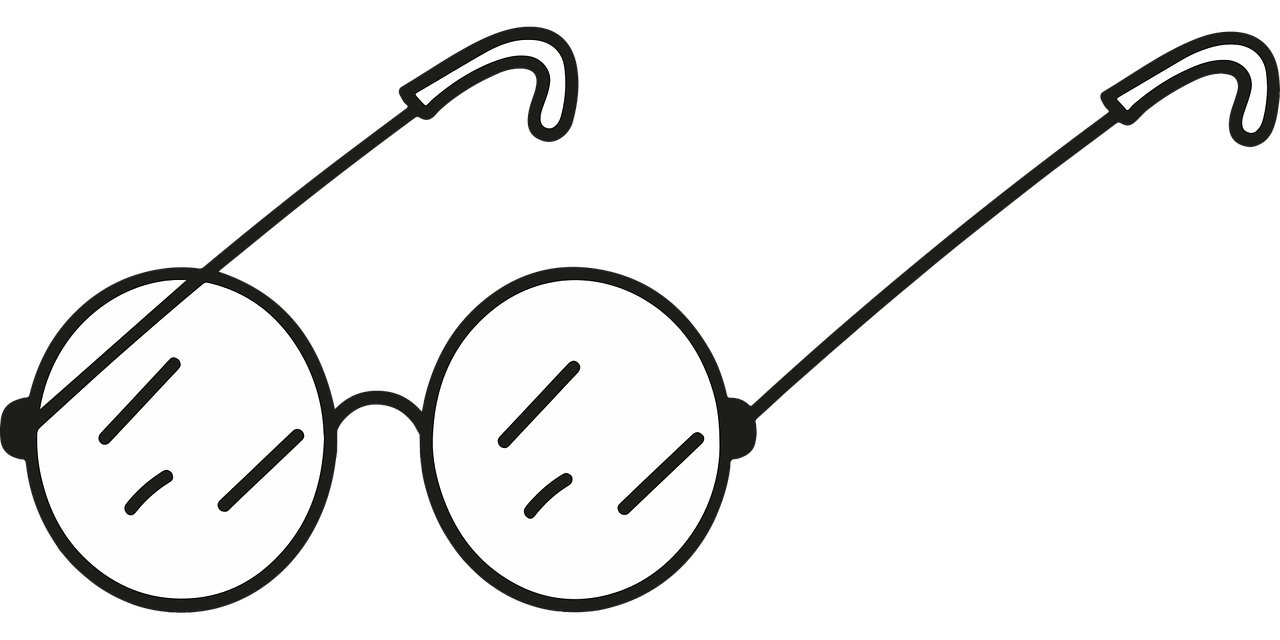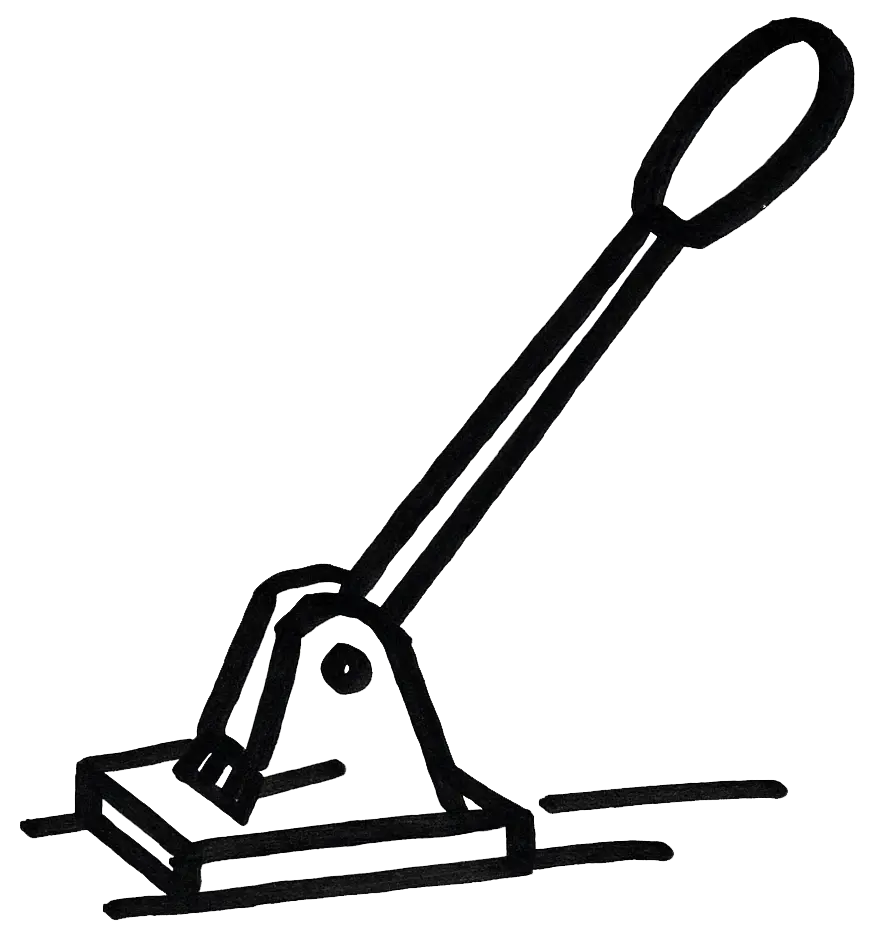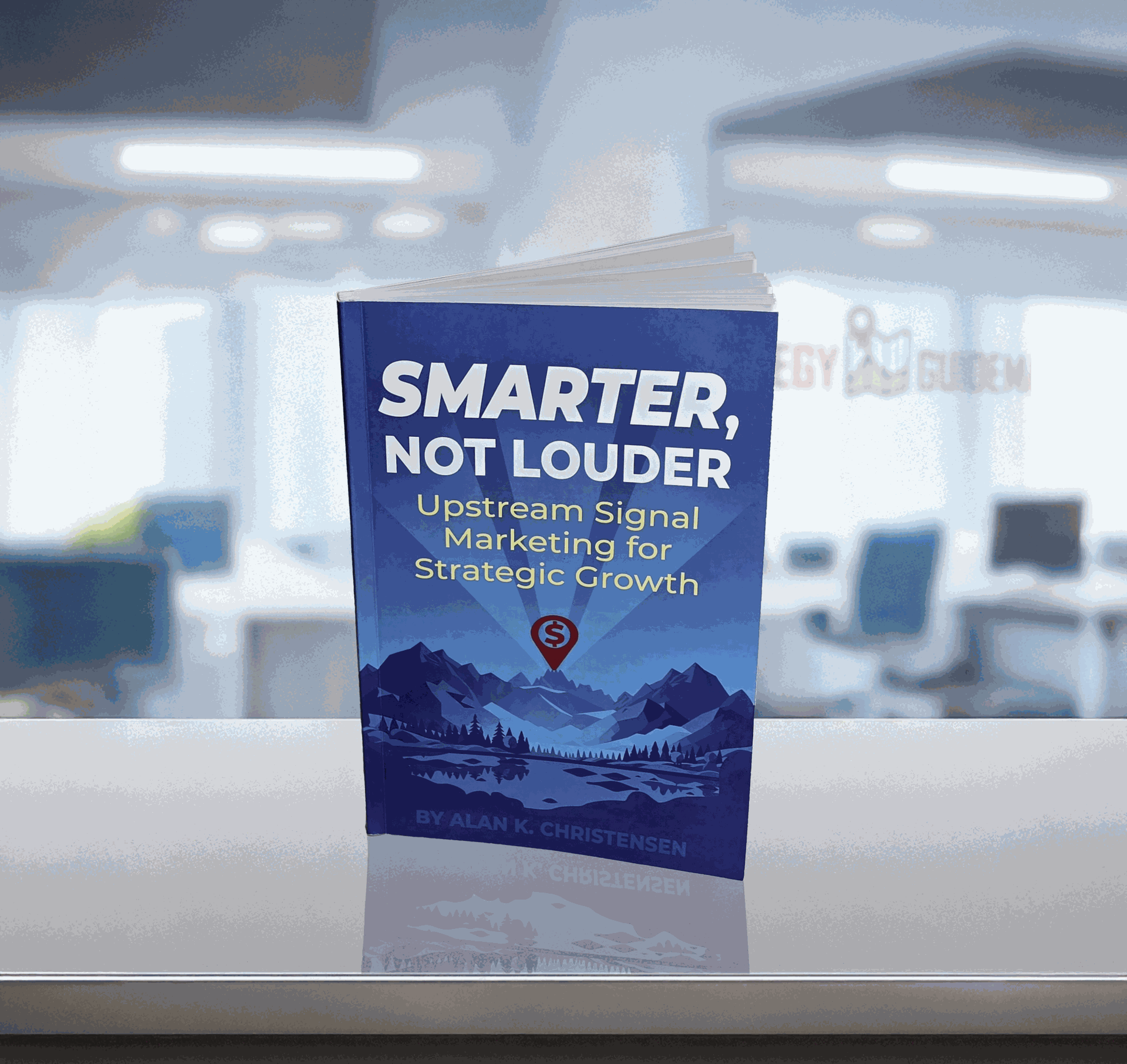
Advisor Resources
Tips, Snippets & Analogies to Improve Strategy-based Consulting
1. Be Intentional
Tips, Snippets, and Analogies that will help your clients be intentional about strategy.
Clarity and empathy help wean clients from an opportunistic approach. Remember:
- Many clients started opportunistically
- Opportunities can be a boon.
- An opportunistic approach comes naturally, strategy must be learned.
- An opportunistic approach can scatter efforts and lead to lack of focus.
Many clients have grown overly reliant on “the next opportunity." Find out, by asking two questions:
- Question 1 for Niche: What innovations do you have in the pipeline?
Question 1 for Commodity: What was your most recent significant and intentional reduction of costs? - Question 2 for All: From what opportunities have they benefitted in the past?
Take the pulse of a business's reliance on an opportunistic approach verses a strategic approach by comparing the answers to these two questions (above). If they have difficulty with question 1, but easily answer question 2, they are likely in the mode of relying heavily on an opportunistic approach and likely lack focus.
99% of clients ask for help with tactical items. Help them with strategy first.
Why? Aligning tactical improvements with solid strategic growth principles will accelerate growth.
So What? Accelerated growth will enhance reportable economic impact.
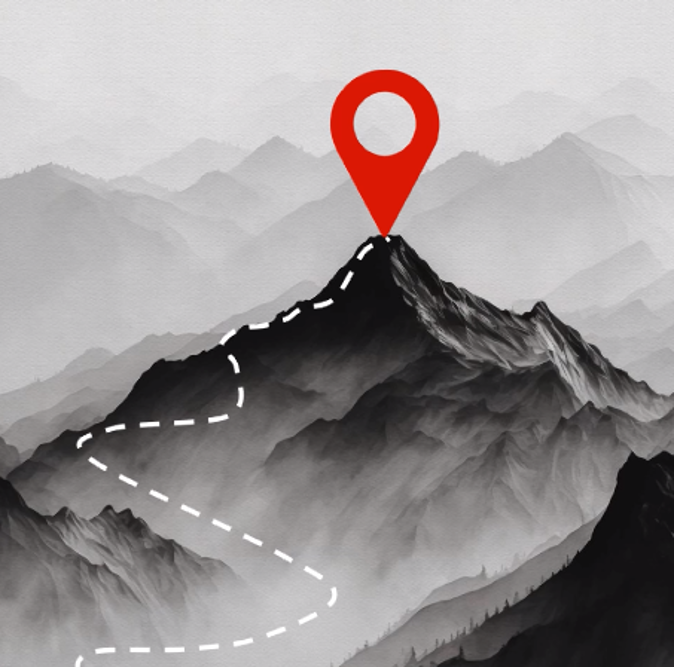
When a client arrives with a "survival mode" request.
- Acknowledge their tactical request and assure them you will provide the requested assistance.
- Explain that the tactical assistance will help with survival
- Ask them, "How long do you plan to stick with this business?" and "In the long-term, are you interested in survival or growth?" 100% will say growth.
- Reinforce:
Tactics = survival.
Strategy + tactics = growth! - Ask, "Would you let me share some insight about how strategy will improve the tactical assistance you are about to receive?"
“Good tactics will keep you on the hike. Only strategy will get you to the peak.”
"It takes both strategy (direction) and tactics (hiking) to reach the peak."

Imagine you are you are in the forest and you want to get out. What do you do first? Get moving? Or decide which direction to go?
The answer is obvious. Direction, before movement.
Strategy, before tactics. Always.

Imagine scaling a challenging ascent by hoping for random footholds instead of planning a careful route. While seizing unexpected opportunities can yield quick wins, their unpredictability and fleeting nature make this an unreliable strategy for sustaining long-term growth.

2. Maintain Your Bearings
Tips, Snippets, and Analogies that will help your clients understand and use Core Strategy.
Be able to easily illustrate core strategy and the rules for winning. This is essential as a basis for strategy-centric counseling.
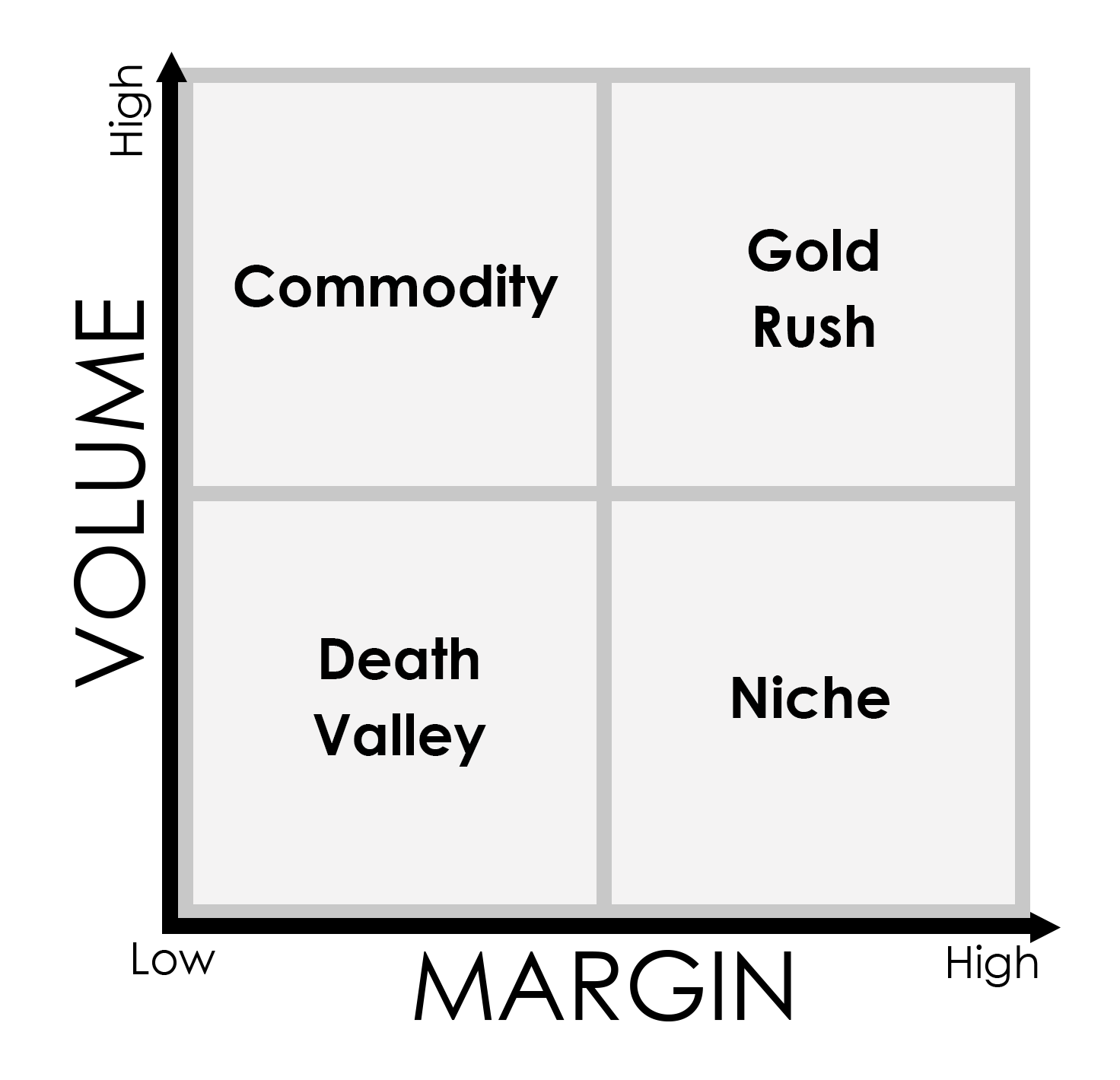
How many of your clients seek help with a business plan? Keep it simple and strategic.
- Start with Core Strategy and the Rules for Winning
- Move to the Business Model Canvas
- Ensure that EVERY item in the plan is aligned with Core Strategy and the Rules for Winning.
“Always measure opportunities against strategy.”
“Build your plan on a foundation of strategy to make it a strategic plan.”
“Strategy” is derived from the Greek “strategos,” meaning “general.”
The Greek equivalent for the word “strategy” as we use it today is “strategon sophia,” meaning “the general’s wisdom.”

"I’ll guide you toward success, but you must choose between two paths—commodity or niche. Answer these core strategy quadrant questions: Where do you compete today? Where are you headed tomorrow? Clarity is essential.
Gas is commodity. What else do consumer's buy priced by the 10th of a cent? Picture a gas station charging $5 a gallon while another across the street offers $3. No advertising fixes that for a commodity business. Knowing your strategy and direction from the start aligns your efforts with the principles of success, ensuring your business the opportunity for growth.
(It is interesting to note, that gas stations all have convenience stores. Commodity in the gas, something to differentiate allows marketing to increase traffic (get big) and also for margins in the store. Commodity and Niche can be products specific—even in the same business.)

3. Apply the Rules
Tips, Snippets, and Analogies that will help your clients understand the Rules for Winning.
Memorize the rules!
Niche:
- Innovate Continuously
- Differentiate
- Leverage Barriers to Entry
Commodity:
- Get Big
- Constantly Drive Costs Down
Begin each counseling session by identifying the client’s quadrant so that you can apply the correct “rules for winning” to the tactical assistance.
Remember, competition pushes us down and left (on the core strategy quadrants). The rules for winning help us move up and to the right.
When a client constrained by operating in a commodity environment says, "I need help marketing"—they may. But, remember, if their goal is increased margins, they control only the lower parameter of the margin (cost), not the upper parameter (selling price).
Expanding margins (usually slightly) for commodity is done through efficiency. Branding for share of mind combined with consumer-trust, may make marketing useful to "get big" but, won't significantly increase margins. That's the nature of commodity.
Many small businesses do not innovate adequately to have a real differentiator. Ask them, "What differentiates you?" Listen to their answer. If it is something like, "quality service" or "really good people" or "competitive prices"—do them a favor and push back.
Simply ask, "If I were talking to your competitor right now, and I asked them what differentiates them, would they also say __________________?" [i.e. "quality service" or "really good people" or "competitive prices"]
Often, the answer is, "Yes, but we really do _____________." The point is if both of them claim it, it doesn't matter which does it best. The customer hears both. Bottom line—if your differentiation is the same as your competitor's, it is ineffective.
“The temptation to compete on price will move the company from Niche toward Commodity or Death Valley."
Over the years, U.S. dairy farms evolved from small, local operations to massive enterprises milking thousands of cows. Modern farms use RFID tags to track health and yield, optimized feed systems, and rotary turntables that milk hundreds hourly, slashing labor costs. Energy-efficient designs cut waste, saving pennies per gallon. This showcases the Commodity playbook: get big, drive costs down through efficiency innovations, and surpassing competitors.
(Note: often in commodity markets, "get big" is not done by acquiring one new customer at a time, but by acquiring a company with all their customers. In consolidated industries this is common.)

A consultant I know worked with a company crafting custom masts for sailing yachts. Boat ownership is rare—under 12% of U.S. households own one. Narrow that to yacht owners, then narrow further to sailing yacht owners, then even further to those wanting custom masts. That is a narrow niche. Low volume—they sold only 6 or 8 per year; high margin, at $750,000 each.

4. Be Informed
Tips, Snippets, and Analogies that will help your clients understand the strategic expansion decision-making.
If you sense a client will not likely be open to a new way of thinking:
- Share the See-Do-Get Model before moving forward.
- Ask, don't tell. Ask questions that encourage them coming to correct conclusions on their own.
“How you see determines what you do. What you do determines the results you get."
Strategic insight leads to strategic decisions. The wisdom of the General is found in asking the right questions.
An MLM company selling essential oils asked, "Who are our best customers?"
Psychographic data from a paid source identified U.S. population segments matching their top customer personas. Comparing these densely concentrated segments to their current customer hot spots revealed geographic gaps—untouched opportunities.
They targeted these locations by reserving hotel conference rooms and hosting essential oil parties there, shifting from their distributors’ living rooms. This strategic adjustment to tactics, informed by strategic insight, significantly accelerated growth.

5. Optimize
Tips, Snippets, and Analogies that will help your clients apply principles that optimize their growth efforts.
- Help clients to identify top customers (by name for B2B, by persona for B2C).
- Have client describe their top customers.
- How did they get them?
Ask, “Where (or how) can you find more like those?”
“There is more new opportunity in volatile markets than in stable markets.”
ABC company’s purchasing manager has been there 28 years and has well cemented relationships with suppliers.
XYZ company just hired a new purchasing manager who is out to prove that his boss made the right hiring decision. He is shopping to improve on the old suppliers.
Who’s more likely to take your sales call?

Mike puts a lot of work into earning one sell of a $100 website audit. He can leverage that work by adding a $20/month “ongoing insights” plan. In a year, that one audit customer brings in $340.

Jill sells an auto detail this month for $30. The cost and effort of one sale = 1 transaction ($30 revenue).
Jill sells an annual subscription of one detail job for $30 per month. The cost and effort of one sale = 12 transactions ($360 of revenue).

6. Move the Switch
Help your clients understand the strategic expansion decision-making.
Grab a pen or whiteboard marker, turn to the client, and ask: "What’s one way you could apply this strategic principle right now to change tomorrows results in your business?" Then, write down their response.
When it is written, it will stand out from the rest of your conversation. It is clarified, actionable and memorable. When they act on it—they will recall the moment and it increases attribution.
“You are the switchman. Move the switch."
A seasoned leader once shared a story from their early days working for a railroad. In the St. Louis yard, a switchman moved a lever just three inches—yet that small shift changed the train’s course by 1,500 miles. A 3-inch movement resulted in a 1,500 mile difference.
Understanding strategy gives you similar power. Like a switchman guiding a train, even small strategic adjustments can create big impact. Strategy is powerful because it’s both trajectory-shifting and systemic—one small strategic change today can improve many parts of your business tomorrow.

Visit our Blog
Check out the latest on our blog



